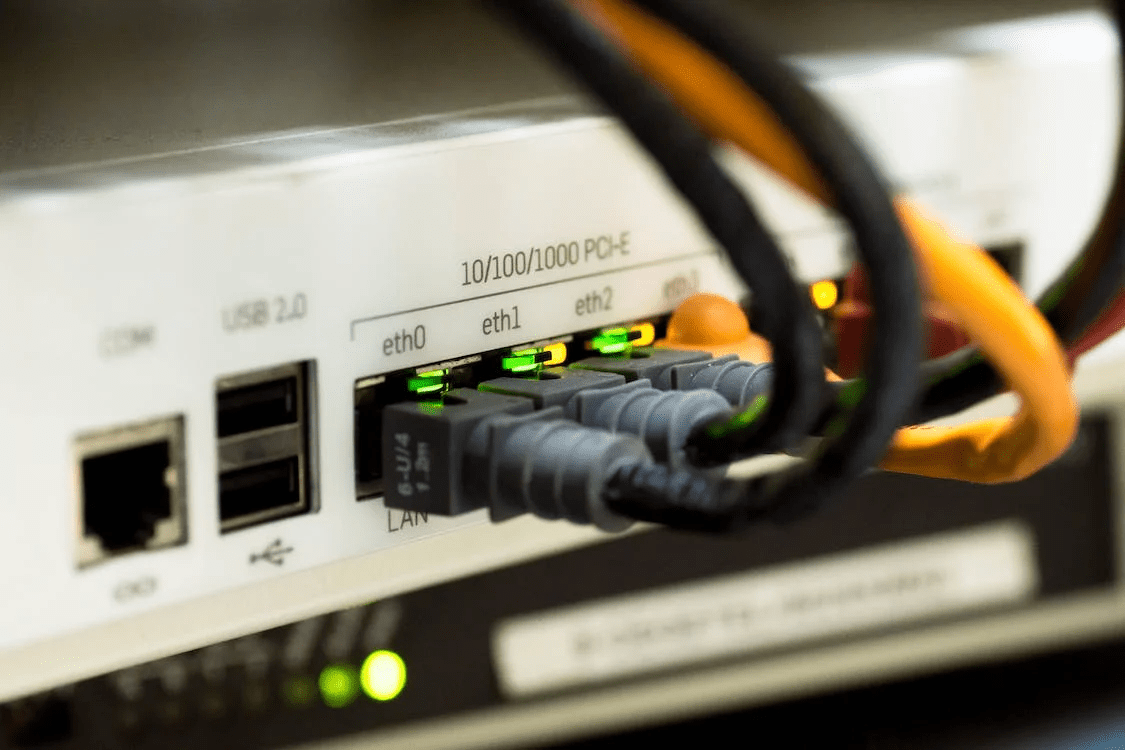
MIG welder is vital equipment for any engineer, technician, or tradesman. It allows you to craft holes, pipes, and other metal components easily. However, as with any additional equipment, like cars or guns, you should be aware of some common hazards and risks associated with a MIG welder.
This guide will explain everything you need to know about the hazards and risks associated with using your MIG welder, which may help keep you safe on-site or in the workshop.
Fire and arc flashes
An arc flash is a sudden, unexpected, and potentially fatal electrical discharge that occurs when the tip of a MIG or TIG weld gun touches a metal surface. The arc can strike at any point in this path and cause injury or death to anyone nearby, including you!
To avoid exposure to arcs:
Always wear eye protection when working with MIGs or TIGs (these are different welding machines). Many people don’t realize this, but it’s important because there are many ways for sparks from your welder’s electrode tip to become airborne, the first being when you move around while using it on someone else’s workpiece (or yourself). Suppose you need to wear proper safety glasses/goggles. In that case, these sparks may fly into your eyes, causing severe damage and blindness if not treated immediately after the impact. Only carry metal near where you plan on using your MIG/TIG machine(s) if necessary.
Electric shocks and consumes
You ought to continuously wear eye insurance while working with a MIG welder. That is particularly evident if you’re utilizing a plasma shaper, as it can create sufficient intensity to consume your skin and cause extreme wounds.
It would help if you additionally were cautious about how much current is going through your body while working with a circular segment welding machine. Assuming excessive power is moving through you on the double, it could cause an electric shock or, far more detestable, a circular segment streak (blast).
Toxic fume exposure (welding smoke)
Welding smoke contains toxic fumes. Exposure to these fumes can be harmful, causing respiratory problems and even death. The most common cause of toxic fumes is burning metal contaminated with acids or other chemicals. These fumes are also caused by incompletely burned fluxes, which sometimes require cleaning before welding can resume.
The effects of toxic fume exposure depend on the amount you breathe in over time and how sensitive your body is to the chemicals involved in welding smoke (such as mercury). If you experience symptoms like nausea, vomiting, headaches, or dizziness after exposure to toxic fume levels exceeding the safe limits set by OSHA guidelines (25 ppb), seek medical attention immediately.
Sun damage
UV beams can harm your eyes and skin. Assuming you’re working outside, wear a couple of security goggles that safeguard against UVA and UVB beams. You should likewise wear long-sleeved shirts and jeans to cover much-uncovered skin, however, as expected. Assuming it’s bright outside while you’re welding, apply sunscreen to all areas that are presented to daylight (particularly your face).
Exposure to infrared radiation
You may be wondering, “What is infrared radiation?”
Infrared radiation is heat energy from the Sun and other sources such as electronic devices or heaters. When you weld with a MIG welder, you are exposed to this form of heat. Like any exposure to heat, it can cause some damage to your body if not appropriately protected. That can include:
- Burns on your skin if not wearing protective clothing such as gloves and goggles
- Skin inflammation (rash) due to prolonged exposure
Noise-induced hearing loss
If you work with MIG welders, you must know the potential for noise-induced hearing loss. While this type of damage can be prevented using earplugs and other hearing protection devices, it’s not always easy to know your exposure levels. There are several ways that you can protect yourself from noise-induced hearing loss:
- Use Welder’s Ear Plugs
- Wear Hearing Protection Devices (HPDs)
- Avoid exposure at high volumes
Mitigating MIG Welder Hazards
MIG welding is a safe activity as long as you take proper precautions. Here are some tips for staying safe:
- Use a welding helmet and eye protection. That can help prevent burns, primarily if you use an arc welder or stick welder, which produces more heat than other welders.
- Wear protective clothing that protects against sparks and debris from welding projects. It should have leather sleeves to stop sparks from reaching your skin, and it should be made of material that wicks away water, so it doesn’t get hot while working on a project with lots of moisture present (e.g., steel).
You may also want to consider wearing gloves while welding with a mig welding machine because they reduce the risk of letting loose metal fragments onto yourself or others around you during an outbreak (see “Safety Hazards” below). If possible, wear gloves made specifically for use with power tools like MIGs; these types not only offer better protection but also allow easier access while holding onto your work piece(s) to keep everything steady throughout each step along its journey through various stages towards completion!
Conclusion
MIG welding is a safe activity as long as you take proper precautions. When you are around a MIG welder, make sure to wear eye protection, ear plugs, and a respirator. If there are other people around your workspace during the process, then consider using an electronic shield that will block the harmful radiation from entering your body.








